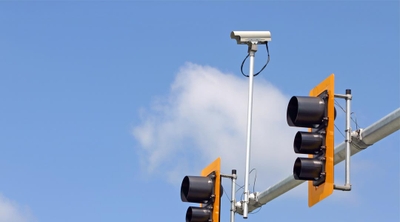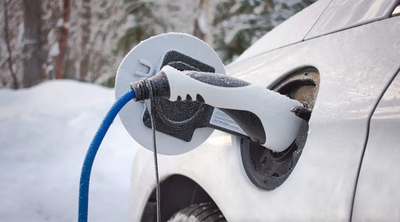How do I share the road with farm equipment?
2 min read
People driving farm equipment on public roads often have limited visibility and hearing due to the size and noise of the equipment. Farm vehicles are also less maneuverable than regular cars and move more slowly. When sharing the road with farm vehicles, it’s best to slow down, be patient, drive defensively, and follow the same safe passing laws and driving etiquette as you would with any car on the road.
How is driving with farm equipment on the road different?
As you encounter tractors and other farm vehicles on the road, it’s helpful to know how the driver’s behavior may be affected by the farm vehicle’s limitations. Because of their size and noise level, the farm vehicle driver has limited visibility and may have trouble hearing car horns or other audible road warnings. For example, some farm vehicles may need to veer to the right briefly to make a left-hand turn. It may also be difficult for some farm vehicles to move onto the shoulder of a road.
Farm vehicles usually move more slowly, which means a shorter braking distance. But they’re also heavier than your average car, so they’ll need more braking distance. The farm vehicle — or any equipment it’s towing on the road — may be wider than the lane they’re driving in.
Tips for sharing the road with farm equipment
Be aware of farm vehicle road signs and signals
These warning signs and signals will help alert you to farm vehicles on the road and how to navigate around them.
- Slow-moving vehicle sign: You’ll see a retroreflective triangle with the point side up on the back of the farm vehicle.
- Flashing lights: You may see flashing hazard-style lights on a farm vehicle.
- Hand signals: A driver may wave to indicate that they want you to pass them.
- Pilot vehicles: A second vehicle that escorts the farm vehicle with an oversized load.
- Oversize indicators: You may see oversize load signs or red flags on items sticking out from the back or sides of a vehicle.
Be patient and follow the laws of the road
Let’s be honest; finding yourself stuck behind a slow-moving vehicle can be frustrating. But breaking the law to pass a slow-moving vehicle can be expensive and dangerous. Avoid aggressive driving and tailgating, be as patient as possible and wait for a safe opportunity to pass.
Be alert for traffic from other directions
In addition to being aware of oncoming traffic while passing, watch out for vehicles coming out from alleys, driveways, or blind intersections, especially in rural areas.
Adjust your passing behavior
Wait a moment to make sure that a farm vehicle moving to the right is doing so to let you pass. Make sure you have ample room to pass the farm vehicle (and the pilot vehicle if there’s one in front of the farm vehicle). Leave room behind you when you pass to give the farm vehicle enough space if you need to slow down or make a sudden stop. Additionally, passing a farm vehicle at a high rate of speed can sometimes create air turbulence that may tip or sway it. It’s best to pass the vehicle at a slower pace than you might overtake a regular car on the road.
Learn more safe driving habits to practice and more common traffic laws and rules of the road.






